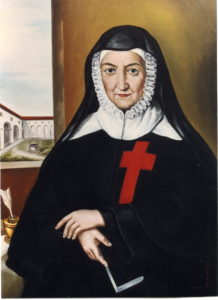 By Angelo Brusco in Camillianum – Libri di storia e spiritualità camilliana – Vari, N.12, 1995, pp. 289-300
By Angelo Brusco in Camillianum – Libri di storia e spiritualità camilliana – Vari, N.12, 1995, pp. 289-300
In order to illustrate the spirituality and the charism of Maria Domenica Brun Barbantini, I have imagined a sort of open conversation, during which the new Blessed shows that she is ready to answer the free questions of those who are taking part in the conversation. The choice of this literary genre seems to me to adapt itself to those talents of being a good communicator that Brun Barbantini possessed. Not only did she speak with great ease but she also left behind her many writings for us: an autobiography, numerous letters, in addition to the composition of the first Rules of her Congregation, and other works as well.
The first contribution to this conversation was made by a young man who said that he was interested in the subject of spirituality. “I perceive in myself”, he observed, “a strong yearning for interiority, a wish to flee from devouring dispersion, from that subtle alienation that runs the risk of making man extraneous to himself. Many of the people of my age find themselves in the same situation. I have a friend, a woman, who has just entered a convent that is dedicated to contemplation. Others follow groups inspired by the spiritual schools of the East. I would really like to know from you what spirituality is”.
The reply of the Mother began with an anecdote that is certainly very much known but at the same time one that is always meaningful. “Two young people were playing with stones at the side of a stream. A man passed by and said to them: what are you doing? We are making a pile of stones, answered the first of them, whereas the second exclaimed with enthusiasm: I am building a cathedral”.
And then Maria Domenica Brun Barbantini continued: “At the heart of every man and every woman is concealed a profound wish to accomplish the project of their lives by using and organising the energies that are present within themselves. This wish is not always perceived by them in a conscious way. At times it is neglected and even fought against. When you are more advanced in years, the following kinds of questions arise in your spirit: am I fulfilled? To what extent have I brought my life to completion. How often have I posed these questions to myself, during my moments of meditation, during my long hours of prayer, at those times when I have assessed my life and my initiatives…!
Well, spirituality is that set of aspirations, of convictions and of values that brings together and organises into a unitary project the life of a person, leading that person to build their own cathedral, to fulfill themselves by their own will”.
At this point, I had a moment of distraction that enabled me to have a better understanding of the concept that had been expressed by the Blessed. Her words made me think of my mother, who died a year ago on 22 May. Often, when reflecting about the long journey of her life, I have been surprised by the fact that I asked myself what had made that woman who was so important to me live and what had given meaning to her human experience. Beyond the concrete events that went to make up her life, I seemed to perceive a unitary design: the growth and development of a cathedral that she had progressively raised up, following with creative faithfulness an interior leading guideline and drawing upon a force that enabled her wishes, her nostalgias, her searching and her concerns to find rest and fulfilment in the modest environment of a simple life that was faced day after day by the ordinary challenges of existence.
While I was trying, when following these thoughts, to identify the spirituality of my mother, a middle-aged lady began to speak. She had an intelligent and troubled expression: “I understand you, mother”, she said. “The concept of spirituality that you expressed can be accepted by everybody. But specifically for this reason it is a little vague. What interests me is where that interior leading guideline and those basic structures that enabled you to construct so harmoniously the cathedral of your existence, which we now admire, found their source and their nutrition!”
CONTINUE READING HERE



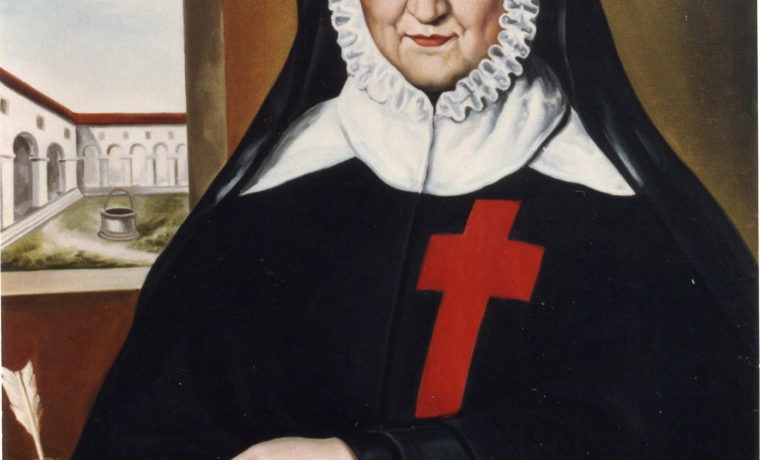






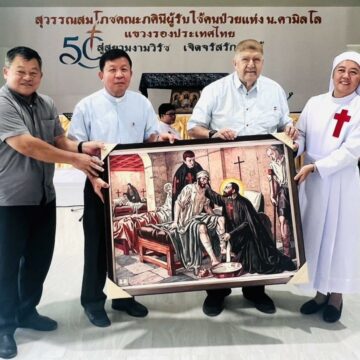
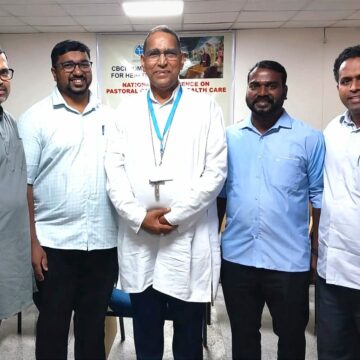
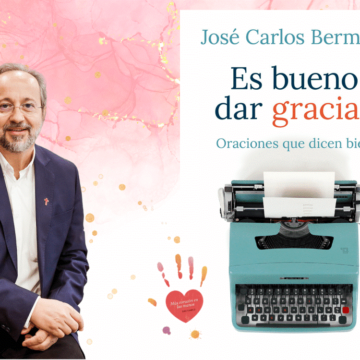

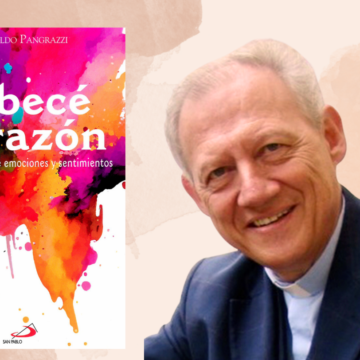
Camillians on Facebook
Camillians on Twitter
Camillians on Instagram